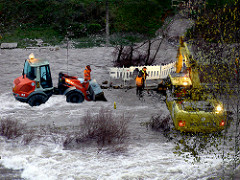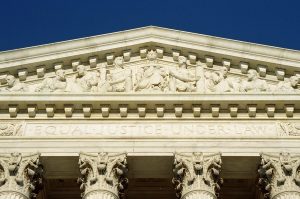Pillsbury’s Policyholder Pulse Law blog recently posted an interesting blog, Use Contractor’s Pollution Liability Insurance to Clean Up Potential Gaps in Your CGL Coverage by Ashley E. Cowgill, on the importance of contractors having the right liability coverage in place in the event that a flash flood or other natural disaster causes damage that is classified by the insurer as a pollution event.
Use Contractor’s Pollution Liability Insurance to Clean Up Potential Gaps in Your CGL Coverage by Ashley E. Cowgill, on the importance of contractors having the right liability coverage in place in the event that a flash flood or other natural disaster causes damage that is classified by the insurer as a pollution event.
Photo: Erich Ferdinand, Deluge, Taken Nov. 29, 2012 – Creative Commons
 Gravel2Gavel Construction & Real Estate Law Blog
Gravel2Gavel Construction & Real Estate Law Blog







